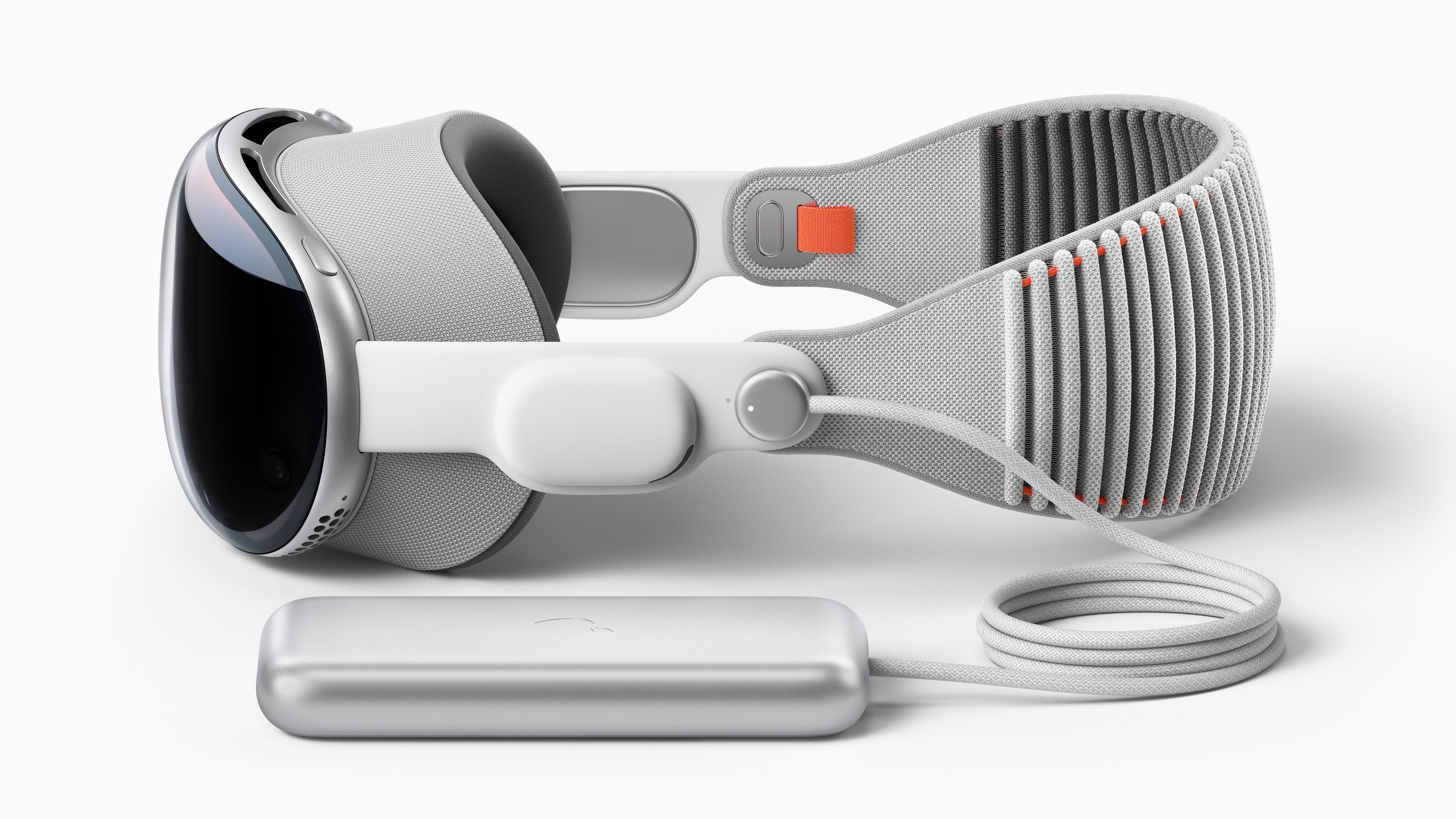
Apple Vision Pro might only officially be available in the U.S., but that hasn’t stopped some savvy early adopters from exporting the device for sale as far afield as China, Japan, and Singapore with prices almost double Vision Pro’s RRP.
Apple Vision Pro launched on February 2 and has taken the internet by storm in the short time it's been available. While most Apple Vision Pro buyers are U.S.-based, and Apple has put in strong measures to deter customers from importing Apple Vision Pro, several have still made their way through customs and are now for sale at eye-watering prices, notably in Asia.
As noted by Bloomberg, “Apple Inc.’s limited release of the Vision Pro headset is fostering a resale market that’s pricing the device far beyond its $3,500 starting price.” According to the report, a 256GB Apple Vision Pro sold for $5,400 dollars (¥800,000) on Japan’s Mercari marketplace. A seller in China is purportedly asking for $5,000 (36,000 yuan), while another in Singapore is asking for more than $6,000 on Lazada. The report also cites a Hong Kong electronics importer asking for $4,850 (HK$35,800) “with the price shifting on a daily basis.” Apparently, his advice is “best to wait” — no kidding.
Vision Pro export prices rocket
Bloomberg also cites Counterpoint Research’s Ivan Lam, who told the outlet “Our observations indicate inflated prices on unofficial channels, reaching up to 40,000 yuan for Vision Pro units” but that these are limited in supply and deviate from “typical consumer behavior.”
As we reported in the hours after pre-orders launched, Apple Vision Pro units were on eBay for upwards of $10,000, with sellers promising overnight worldwide shipping. iMore investigations confirm that the most expensive unit on eBay.com received more than 29 bids and sold for more than $10,100 on February 3.
Apple hasn’t made it easy to import Apple Vision Pro from the U.S., and there are some big things to consider when you’re buying abroad. Apple Vision Pro only supports U.S. English for typing and English for Siri. More importantly, the visionOS App Store requires an Apple ID with the region set to the U.S., although users report being able to download apps using a created U.S. ID before switching back to their usual login to use them. The biggest obstacle is actually the ZEISS lenses for customers who need glasses. ZEISS only accepts prescriptions from U.S. eye care professionals and only ships to U.S. locations.
These obstacles haven’t been enough to stop customers from traveling to the U.S. to buy one, and clearly, some resellers are hoping to find a market for imported products and people who’ll pay through the nose to get them.







